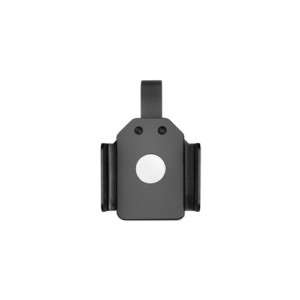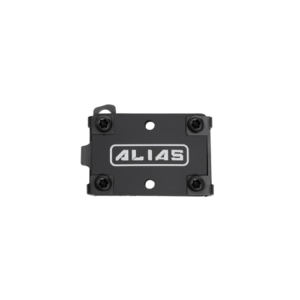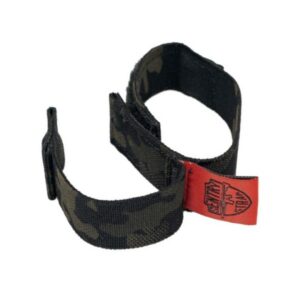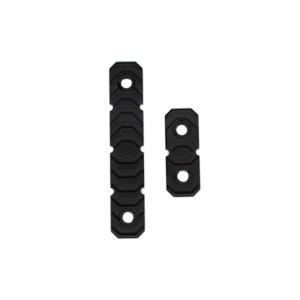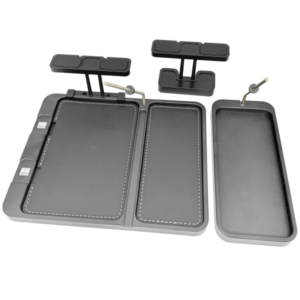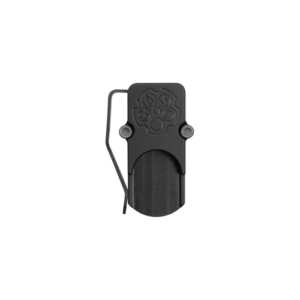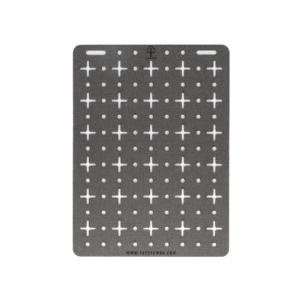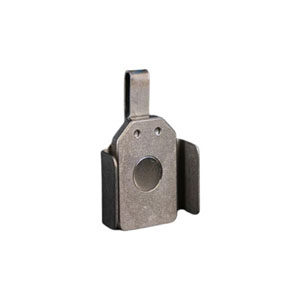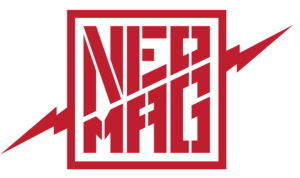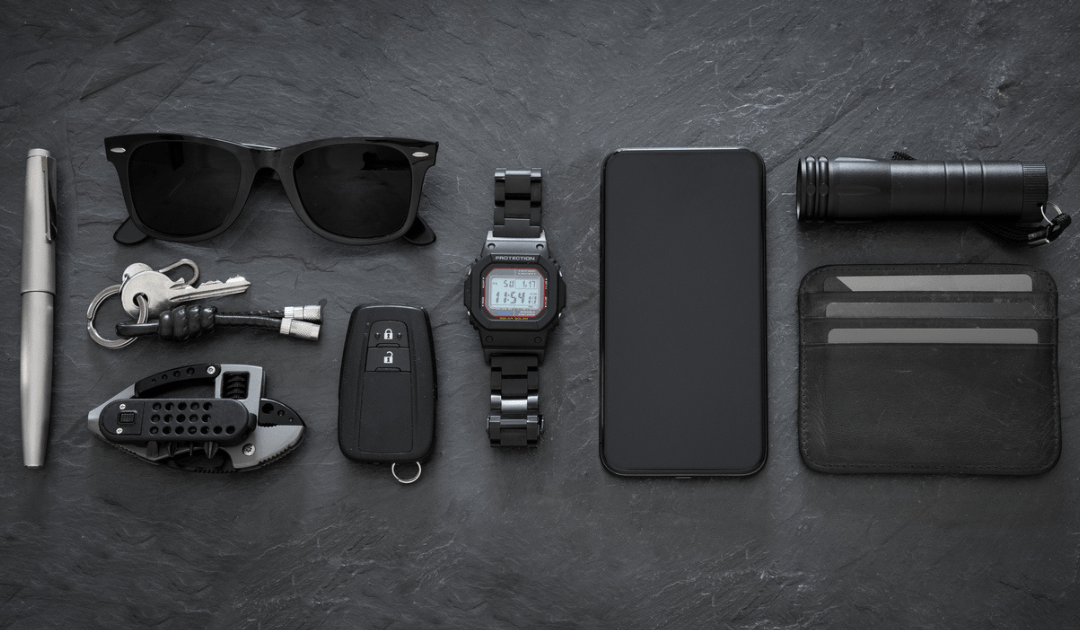In today’s fast-paced world, being prepared for anything life throws your way is more important than ever. That’s where everyday carry, or EDC, comes into play.
So, let’s dive into EDC and discover through our guide how to increase your readiness and security with the right tools and strategies.
What is EDC?
Everyday carry (EDC) refers to the collection of items individuals carry for everyday use. These items are selected based on utility, convenience, and ability to address common daily needs.
Common EDC items include wallets, keys, pocket knives, flashlights, multitools, and personal defense tools.
What is EDC for self-defense?
EDC for self-defense means carrying additional items that help with personal safety. Self-defense tools can range from pepper spray and tactical pens to firearms (depending on your preferences and local laws).
Always be aware of the legal considerations involved in carrying self-defense tools. Laws vary by location, so it’s important to understand regulations about concealed carry, the use of force, and specific restrictions on items like pepper spray and knives.
Responsible carrying also involves regular training and adherence to safety protocols so your tools are used effectively and ethically.
Why should you consider EDC for self-defense?
Having the right tools readily available can improve your ability to protect yourself and others. It’s about being proactive in your safety and making sure you have the means to respond in critical moments.
Consider carrying self-defense items such as pepper spray or a tactical pen at a minimum. If you carry a handgun, you must understand concealed carry laws and best practices.
Building Your First EDC Kit
Starting your EDC journey can feel overwhelming, but with a thoughtful approach, you can build a kit that meets your needs.
- Assess your needs: Evaluate your daily routine, environment, and potential risks. Someone who lives in the city will have slightly different items in their kit versus someone who lives in the country.
- Make a list: List the items you’ll need based on your assessment. This may include self-defense, utility, communication, and general preparedness tools.
- Select multi-functional items: Choose items that serve multiple purposes to optimize space and efficiency.
- Choose quality over quantity: Focus on acquiring a few high-quality items rather than many cheap ones. Reliable gear will serve you better in the long run.
- Organize your gear: Use pouches, organizers, and specific carriers to keep your items neat and easily accessible.
- Test and adjust: Regularly use your EDC gear to check it meets your needs. Make adjustments based on your experiences and changing requirements.
An effective EDC kit evolves. Technology advances, new gear becomes available, and your daily routine may change, affecting your EDC kit. Regularly review and update your kit to keep it relevant to your current lifestyle and needs.
Budget Considerations
Building an EDC kit doesn’t have to be expensive.
- Start with basics: Invest in key items that offer the most utility. You can gradually add specialized gear as you get more comfortable with your setup.
- Look for value: High-quality items don’t always mean the most expensive. Research and choose reputable brands that offer good value for money.
- Avoid overstuffing: Focus on essentials to avoid unnecessary bulk and expense. It’s better to have a streamlined kit that you carry consistently rather than an overloaded one that you leave behind.
Remember, an EDC kit aims to increase your preparedness and convenience, not to overwhelm you with unnecessary gear. Keep it simple, effective, and tailored to your personal needs.
Essential EDC Gear
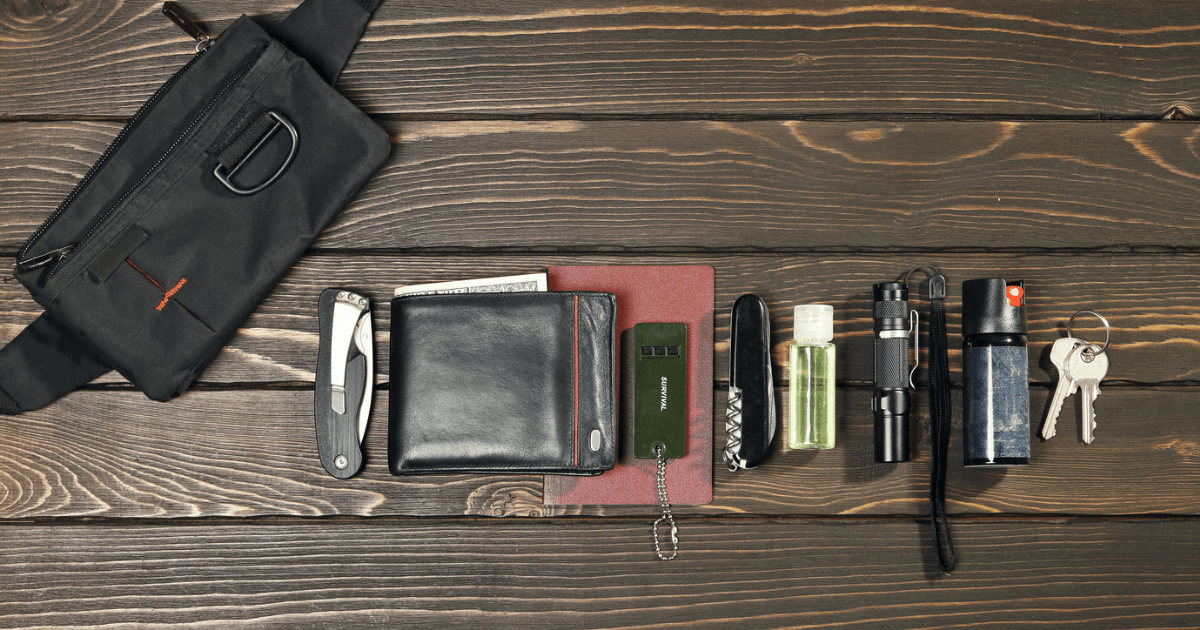
When assembling your EDC gear, choosing items with the most utility and convenience for your daily needs is your best bet in keeping it simple and organized. Below are some key categories and items to consider:
Pocket Tool
Pocket tools are the backbone of any EDC setup. There are various types of multipurpose pocket tools you can choose from.
- Pocket knives are useful for various tasks, from opening packages to preparing food in a pinch. Opt for a knife that balances durability with portability.
- Multitools combine several functions into one compact device, offering pliers, screwdrivers, bottle openers, and more. These tools can handle a wide range of emergencies and everyday tasks.
- Tactical pens often include additional features such as glass breakers or styluses, making them versatile and practical.
Wallet or Money Clip
Managing your cash and cards is important in EDC. Consider a setup that matches your style and needs.
- Minimalist wallets and money clips help reduce bulk. Look for designs that offer easy access to cards and cash while maintaining a slim profile.
- RFID protection is an added benefit, safeguarding your information from electronic theft.
Watches
Watches serve both functional and aesthetic purposes in an EDC kit. Choose a watch that aligns with your lifestyle and needs.
- Analog watches offer classic styling and long battery life, making them reliable for daily wear.
- Digital watches provide features like alarms, timers, and backlighting, which can be particularly useful in various scenarios.
- Smartwatches take functionality to the next level, offering connectivity, fitness tracking, and app integration.
Mobile Devices
In today’s digital age, mobile devices are essential.
- A smartphone keeps you connected and informed, serving as a communication tool, GPS, and entertainment device.
- Carry a reliable charger and consider a portable power bank for additional backup power.
- High-capacity power banks can be lifesavers during travel or extended periods away from power outlets.
Key Organizers
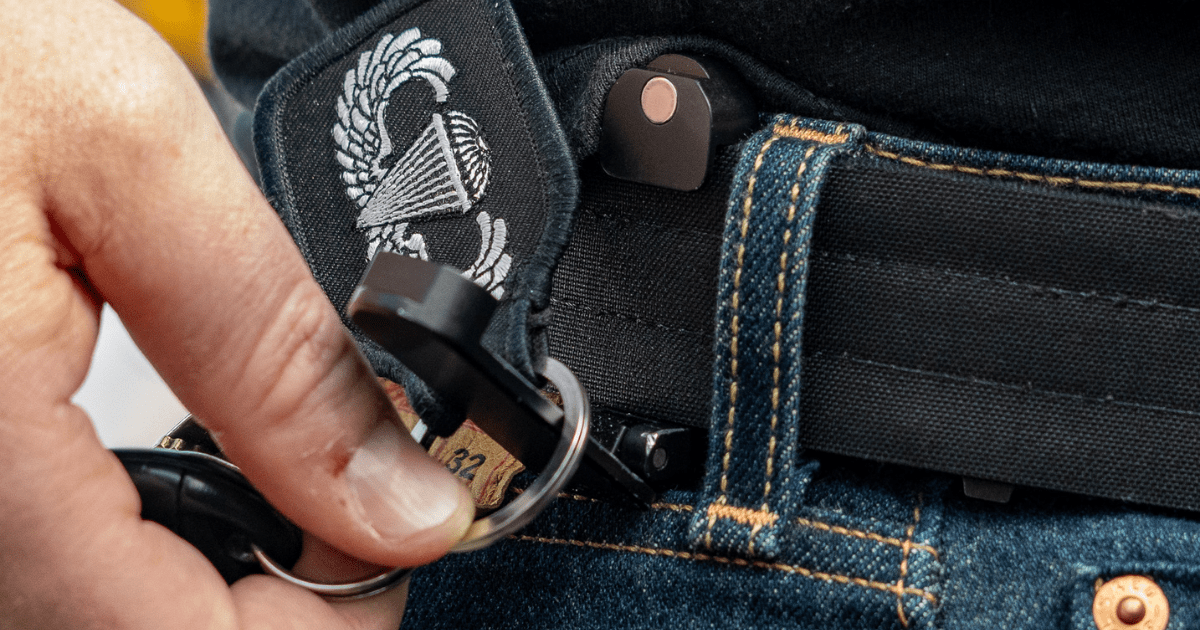
Jingling keys are cumbersome and noisy. Key organizers streamline your key setup by allowing you to find the right key without fumbling.
- They reduce bulk and noise while keeping your keys easily accessible.
- These devices often allow you to add or remove keys quickly and may include additional tools like bottle openers or USB drives.
For example, the NeoMag Tac-Trap offers a sleek solution that integrates easily into your EDC setup. It provides a convenient way to manage your keys and other small items so they’re always within reach.
Flashlight
A reliable flashlight is indispensable for navigating dark environments and handling unexpected power outages. Look for a flashlight with the following:
- Essential features include brightness (measured in lumens), battery life, and size.
- Compact designs that fit easily in your pocket or keychain ensure you always have light when needed.
- Some flashlights also offer multiple modes, such as strobe or SOS, adding versatility to your EDC.
We offer multiple flashlights that provide exceptional brightness, long battery life, and compact designs, making them perfect for any EDC setup.
Each element plays a vital role in your overall readiness, from choosing the right firearm and holster to incorporating spare magazines and undergoing regular training.
Firearm
Selecting the right firearm for EDC hinges on several factors. Considerations such as size, weight, and caliber play significant roles in determining a gun’s suitability for personal defense.
A compact or subcompact pistol is generally preferred for its ease of concealment and comfortable carry.
- Size and weight: A smaller, lighter firearm can be carried more comfortably and discreetly, but it still needs to provide sufficient grip and control.
- Ergonomics: The gun should fit your hand well and allow consistent, natural aiming and shooting. For instance, a woman with smaller hands will have different handgun grip needs than a man with larger hands.
The caliber should balance stopping power with manageable recoil while allowing accurate, rapid shooting.
- Caliber: Common calibers for EDC include 9mm, .380 ACP, and .40 S&W. Choose a caliber that you can handle confidently and offers reliable stopping power.
Holster
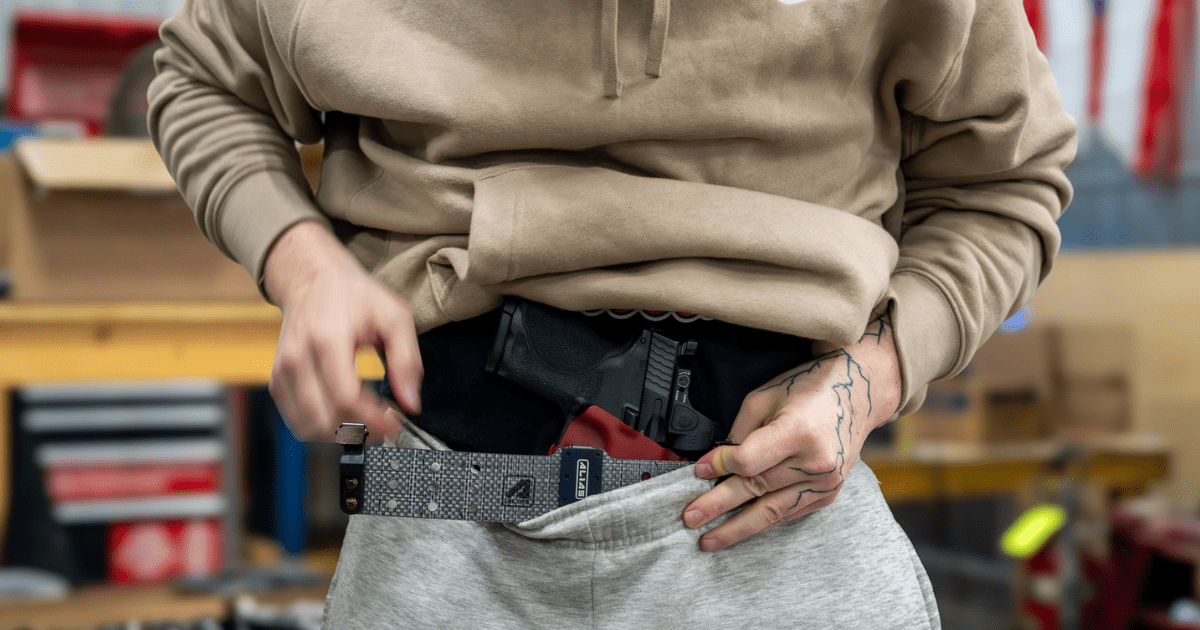
Choosing the right holster is important for both security and accessibility. The main types of holsters for concealed carry include Inside-the-Waistband (IWB) and Outside-the-Waistband (OWB).
IWB vs. OWB Holster
- IWB holsters: These are worn inside the waistband, offering better concealment and keeping the firearm close to the body. They are ideal for everyday use but may require slightly larger pants or other clothing considerations. Read How to Conceal Carry with a Tucked-In Shirt to learn more.
- OWB holsters: These are worn outside the waistband and typically offer faster access. However, they require more effort to conceal, especially when fewer layers are worn in warmer weather.
A holster should provide both comfort and accessibility. An uncomfortable holster can lead to inconsistent carry, while a poorly accessible holster will hinder your response time in an emergency.
Check that your holster fits your gun securely, allows for a smooth draw, and can be worn comfortably throughout the day.
Our Alias Belt System offers a solution for both IWB and OWB carry. This system allows you to switch between carry styles for maximum compatibility with your daily needs.
Appendix Carry vs. Other Positions
- Appendix Carry: Positioned at the front of the waistband, this method offers quick access but may be uncomfortable for extended wear or certain body types.
- Other Positions: Options include the strong side hip, behind the hip, or small of the back. Each position has pros and cons regarding draw speed, comfort, and concealment.
Spare Magazine
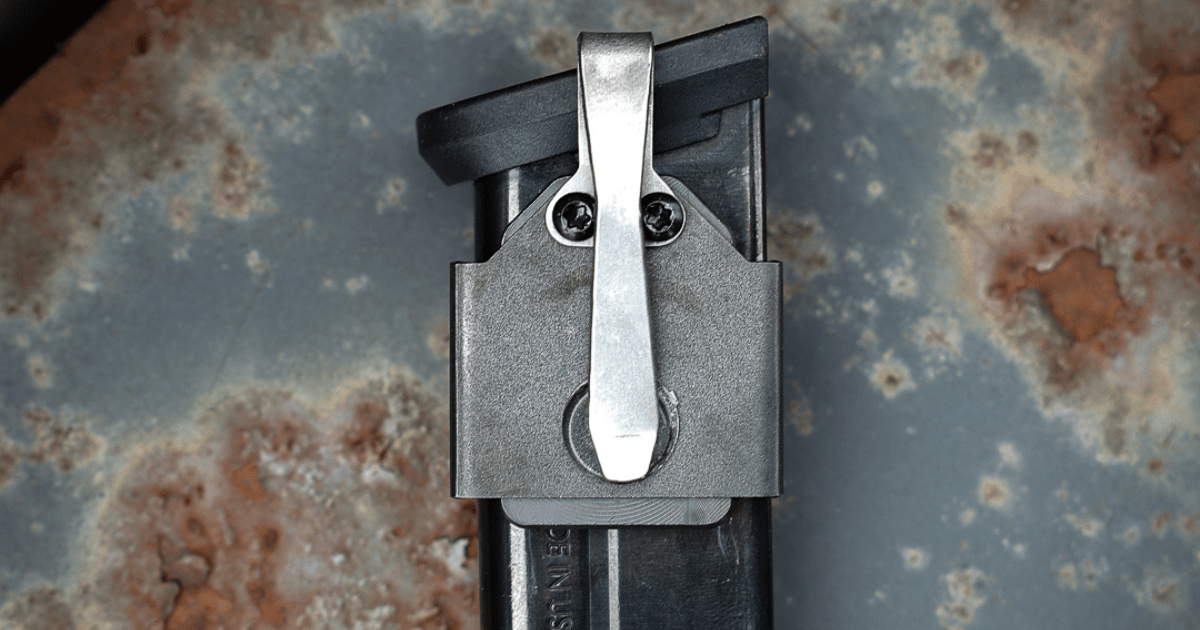
Carrying a spare magazine increases your self-defense readiness by ensuring you have additional ammunition in case of extended encounters or malfunctions.
This is why we designed the NeoMag Magnetic Magazine Pocket Holder. It provides a simple but innovative solution for securely carrying spare magazines.
- Discreet design: Fits in your pocket like a pen clip, making it virtually invisible.
- Strong magnet: Keeps your spare magazine firmly in place, preventing it from shifting or falling out.
- Durability: Made from high-quality materials in the U.S.A. that stand up to daily use.
The Importance of Training
Owning a firearm comes with the responsibility of being proficient and safe. Regular training and practice are vital to becoming familiar with your handgun’s operation, handling, and maintenance.
This includes understanding how to load, unload, clear malfunctions, and practice shooting under various conditions. Proper training allows you to react quickly and effectively in self-defense.
How to Carry Your EDC
Your daily activities, environment, and personal preferences will influence how you carry your EDC essentials. Here are a few popular options:
Pockets
Pockets are the most common method for carrying EDC items due to their convenience and accessibility. Most people have multiple pockets in their clothing, which provide easy access to frequently used items.
Pros:
- Convenient: Items are quickly accessible without needing additional gear.
- Discrete: Well-suited for smaller items that need to be concealed.
- Minimalist: No need for extra bags or accessories.
Cons:
- Limited space: Pockets can only hold so much before becoming bulky.
- Organization: Difficult to keep items organized and separate.
- Comfort: Can become uncomfortable if pockets are overloaded.
Bags and Backpacks
Bags and backpacks offer ample space and organization options for carrying a wide range of EDC gear. They are ideal for those who need to carry larger or more numerous items.
Pros:
- Capacity: Lots of space for various items, including larger tools and gadgets.
- Organization: Multiple compartments help keep items organized and easy to find.
- Weight Distribution: Designed to distribute weight evenly, reducing strain.
Cons:
- Accessibility: Requires more effort to access items compared to pockets.
- Bulk: Adds bulk and might not be suitable for all situations.
- Security: Higher risk of theft if the bag is left unattended.
Holsters and Clips
Holsters and clips are specialized carriers for specific EDC items, such as firearms, knives, or multitools. They can be worn on belts, pockets, or bags for quick access.
Pros:
- Dedicated security: Securely holds specific items, preventing loss or accidental discharge.
- Accessibility: Provides quick and easy access to critical items like firearms or knives.
- Customization: Allows for personalized setups based on individual needs.
Cons:
- Visibility: Some holsters and clips may be visible, which might not be desirable in all situations.
- Comfort: Depending on the size and placement, they can be uncomfortable for extended wear.
- Specialization: Designed for specific items, limiting versatility.
Read How I Juggle My EDC Items for more ideas about carrying your EDC gear.
Tips for Accessibility and Quick Retrieval
- Consistent placement: Always place items in the same location to build muscle memory and make it easier to retrieve them quickly.
- Layered organization: Keep frequently used items in more accessible locations, while less frequently used items can be stored deeper in bags or pockets.
- Use of organizers: Employ pouches, wallets, and key organizers to keep your EDC items tidy and easily reachable.
- Practice retrieval: Regularly practice retrieving your EDC gear from their storage locations so you can quickly and efficiently find them in an emergency.
- Prioritize comfort: Check that your chosen carrying method is comfortable for extended wear to avoid discouraging consistent EDC habits.
Staying Organized with Your EDC at Home
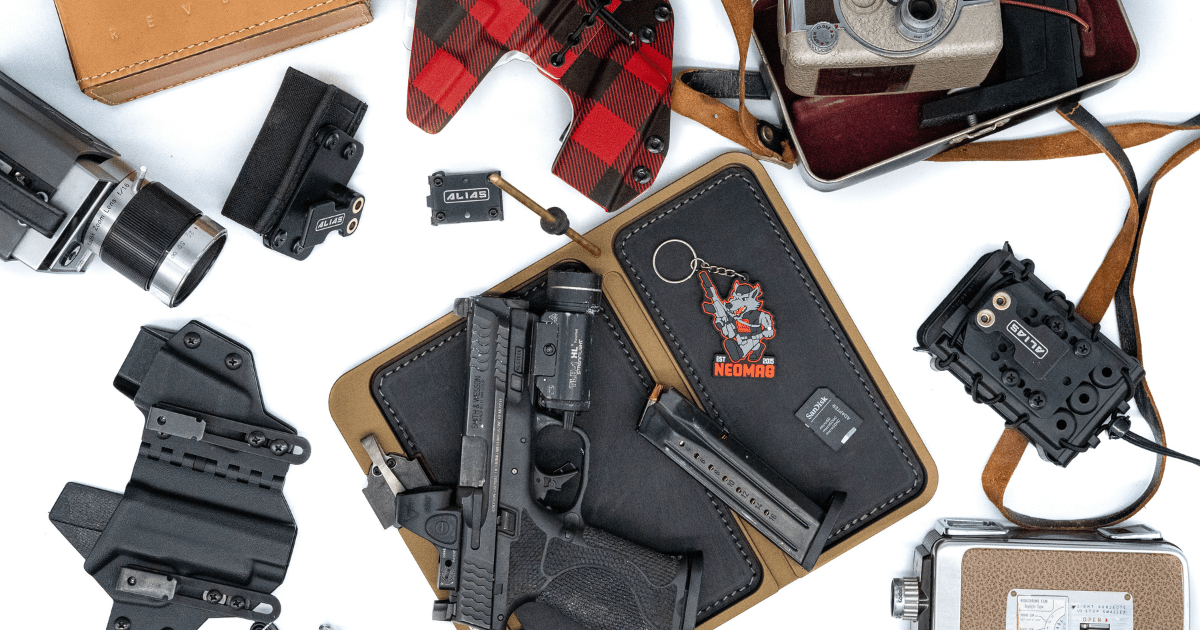
Keeping your EDC gear organized at home ensures they’re always ready for use when you go out. Here are a few tips to help you stay organized:
- Designate a spot: Create a specific place at home where you always store your EDC items. This could be a tray on a shelf, a drawer, or a dedicated station.
- Use an EDC tray: Consider using an EDC tray to keep your items neatly organized and easily accessible. The NeoMag EDC Tray offers dedicated space for your phone, handgun, and other essentials, as well as charging capabilities for your smartphone and smartwatch.
- Make it a daily routine: Check and organize your EDC gear every day. This will prevent you from leaving anything behind when you head out.
Your EDC Journey
You may have started as an EDC beginner, but you’re on your way to being an EDC pro!
Just remember, building and maintaining an EDC kit is an ongoing journey. By thoughtfully selecting items that suit your lifestyle and needs, you can guarantee that you are always ready to tackle everyday challenges and unexpected situations.


